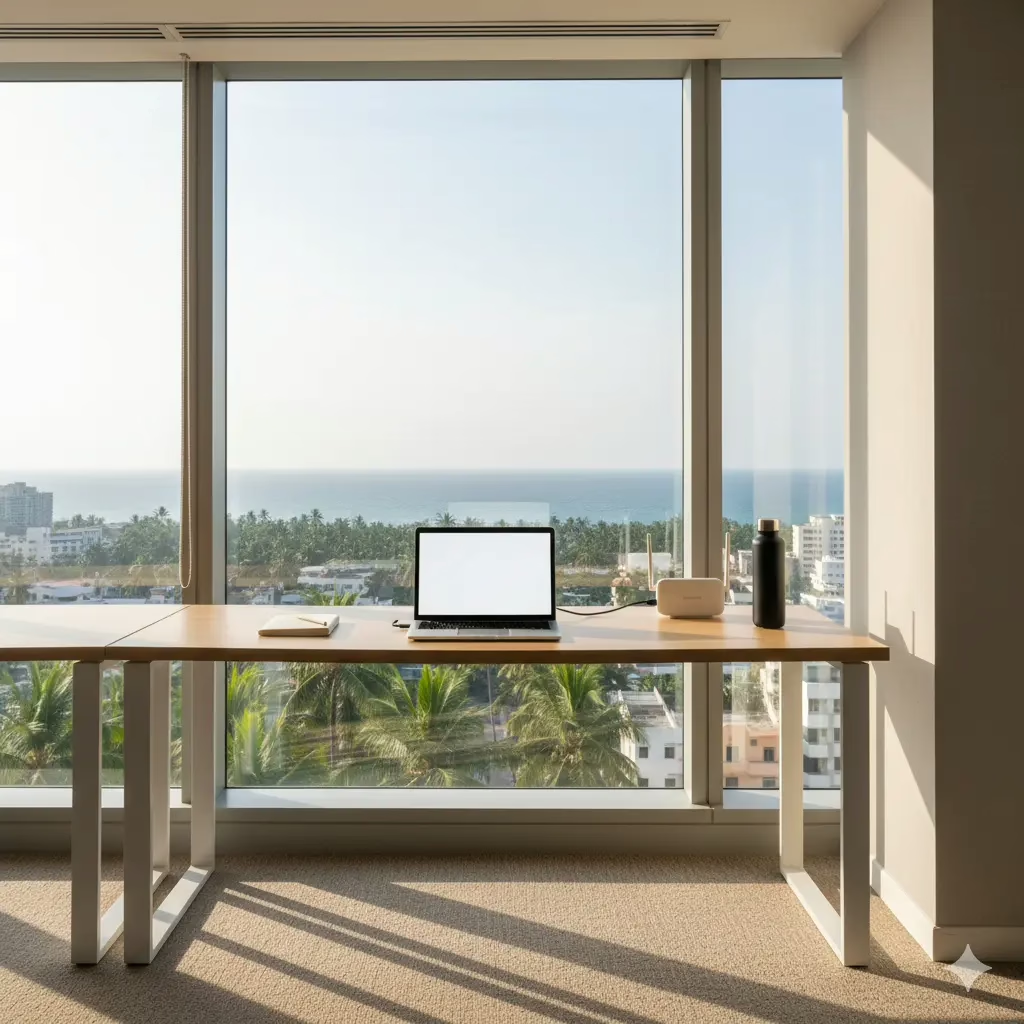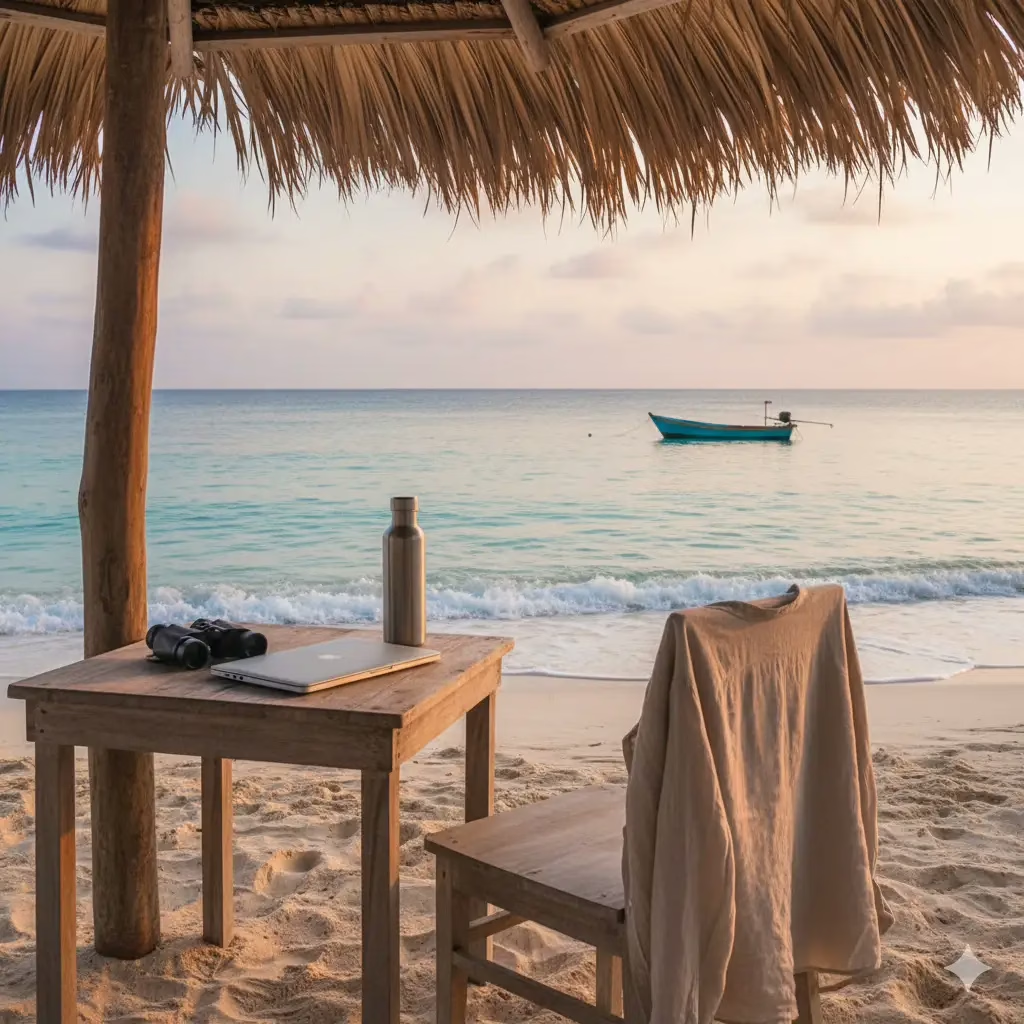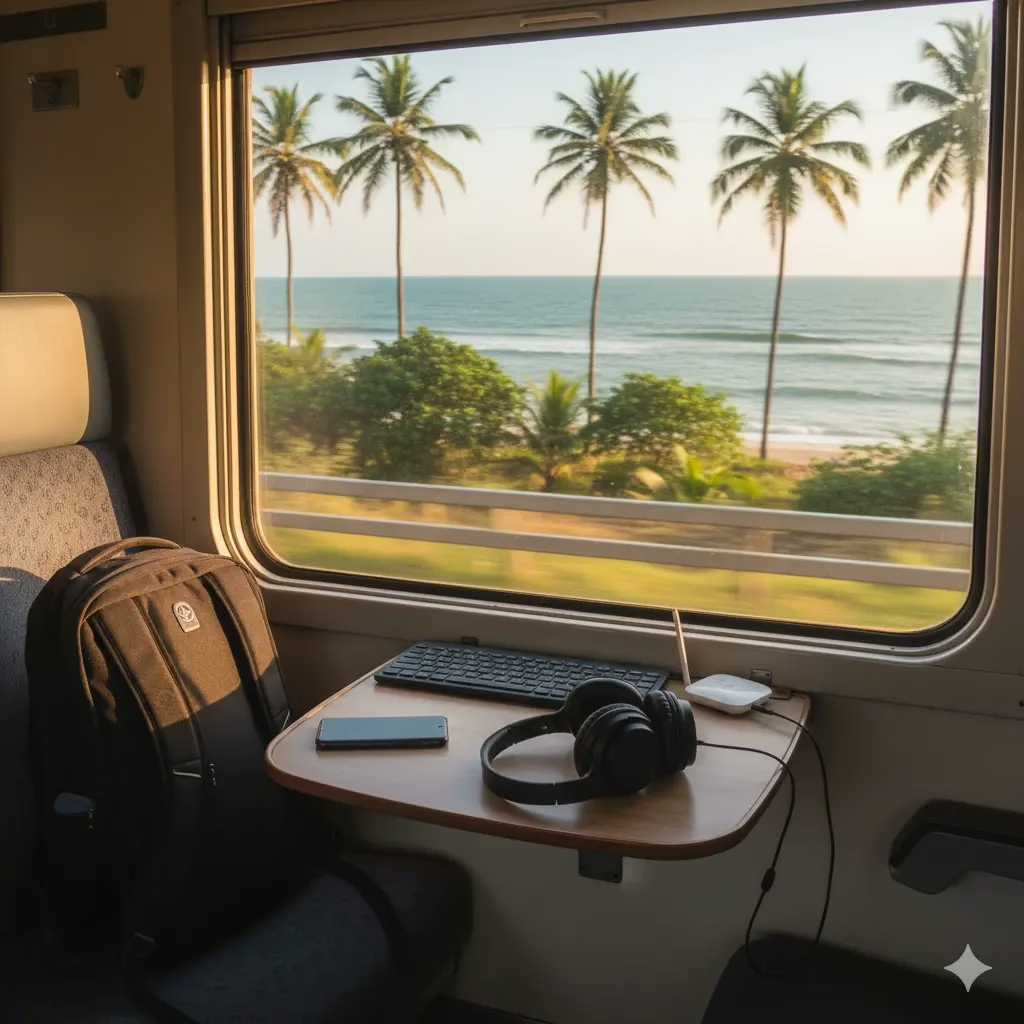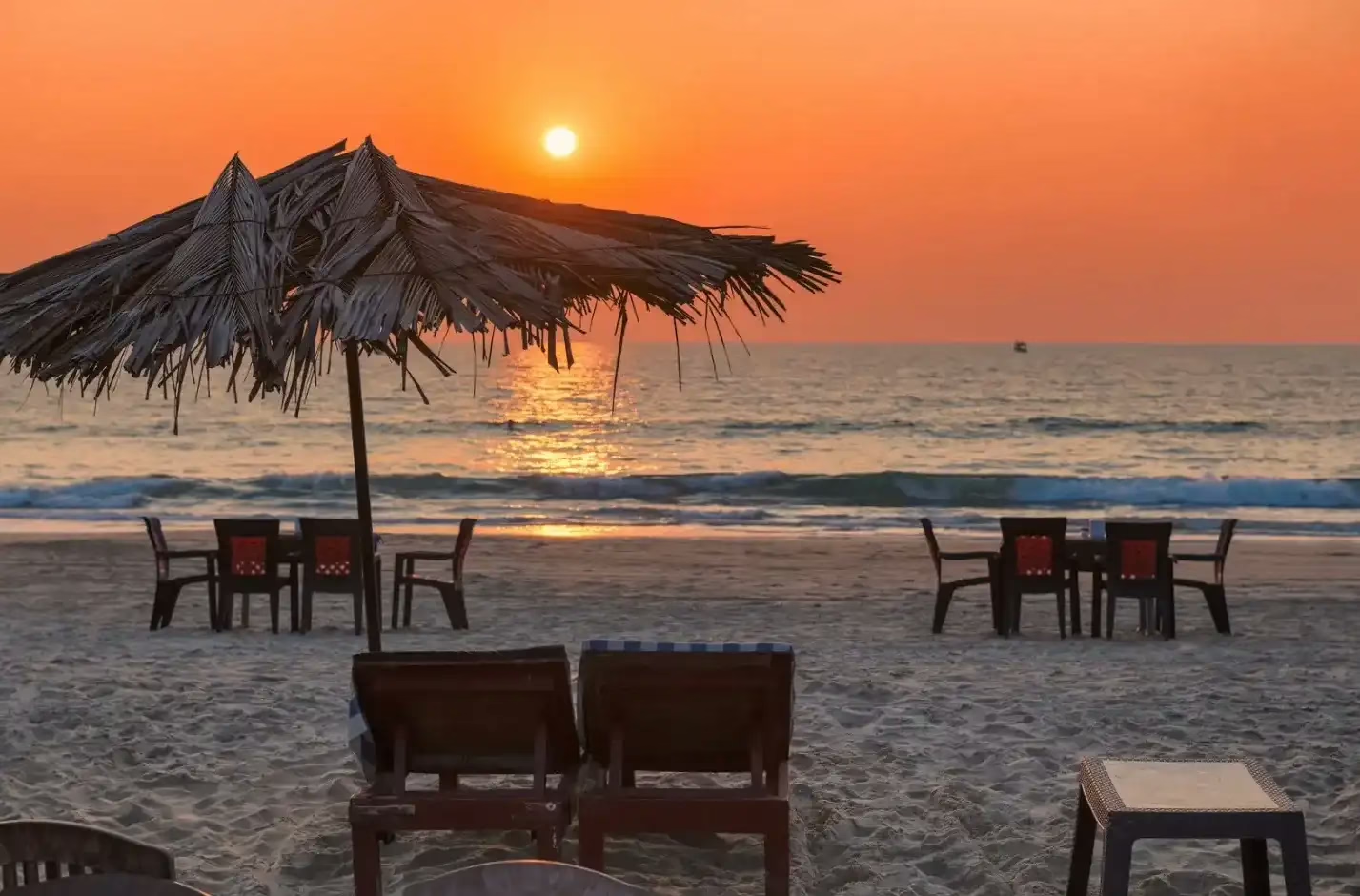TL;DR
- Sri Lanka digital nomad opportunities include a perfect 3-4 week beach-hopping circuit with reliable internet and affordable co-working spaces.
- The digital nomad visa provides 6-month stays, making it ideal for slow travel between coastal hotspots.
- Essential stops include Colombo for setup, Galle for culture, Mirissa for whales, and Arugam Bay for surfing.
- Budget $800-1200 monthly for comfortable nomad living with beachfront accommodation and co-working access.
Planning your next remote work adventure? Sri Lanka digital nomad opportunities have exploded in recent years, transforming this island paradise into a premier destination for location-independent professionals. This comprehensive 3-4 week slow-travel itinerary connects the country’s most stunning coastal locations with reliable internet, vibrant co-working communities, and practical setup guidance.
You’ll discover how to navigate visa requirements, establish connectivity, and maximize productivity while exploring pristine beaches from Colombo’s urban energy to Arugam Bay’s legendary surf breaks. This guide covers essential logistics, accommodation recommendations, and insider tips for creating the perfect work-life balance along Sri Lanka’s spectacular coastline.
Getting Your Sri Lanka Digital Nomad Visa Sorted
The Sri Lanka digital nomad visa launched in 2022 as a game-changer for remote workers seeking tropical productivity. This dedicated visa category allows eligible professionals to stay for up to six months, providing ample time for deep exploration and meaningful connections.
Application requirements include proof of remote employment or freelance income exceeding $50,000 annually, valid health insurance, and a clean criminal background check. Processing typically takes 5-7 business days through the official ETA portal, costing $50 plus processing fees.
Essential Documents Checklist:
- Valid passport (6+ months remaining)
- Employment verification or business registration
- Bank statements (last 3 months)
- Health insurance coverage confirmation
- Completed online application form
Pro tip: Apply at least two weeks before travel to account for potential delays or document requests. The visa allows multiple entries, perfect if you’re planning side trips to nearby destinations like the Maldives or India during your stay.

Essential Co-Working Spaces and Internet Setup
Sri Lanka’s digital infrastructure has improved dramatically, particularly in tourist zones where nomads congregate. Fiber internet reaching 100+ Mbps is standard in major cities, while coastal areas typically offer 20-50 Mbps connections suitable for video calls and cloud-based work.
Top Co-Working Options by Location:
- Colombo: The Hive and Startup Office offer premium facilities
- Galle: Galle Fort Co-Working provides historic charm with modern amenities
- Mirissa: Beach-side cafes with dedicated nomad-friendly setups
- Arugam Bay: Surf-and-work spaces catering to the nomad crowd
SIM card setup requires visiting official Dialog or Mobitel stores with passport and visa documentation. Data packages start around $15 monthly for 100GB, providing reliable backup connectivity. Many nomads purchase two SIMs from different providers to ensure redundancy during important client calls or deadlines.
Consider portable WiFi devices for beach working sessions, though most accommodations provide sufficient speeds for standard remote work tasks.
Week 1-2: Colombo to Galle Fort Circuit
Start your Sri Lankan adventure in Colombo, the commercial capital where you’ll handle visa documentation and establish essential services. Spend 3-4 days exploring co-working spaces, securing SIM cards, and adjusting to the tropical climate before heading south.
The journey to Galle takes approximately 2.5 hours by train or private transport, offering stunning coastal views along the way. This UNESCO World Heritage site combines colonial architecture with modern amenities, creating an inspiring work environment within historic fort walls.
Week 1 Sample Itinerary:
- Days 1-3: Colombo setup and exploration
- Days 4-7: Galle Fort immersion and cultural discovery
- Days 8-14: Establish work routines and explore nearby beaches
Real-world scenario: Sarah, a UX designer from Berlin, spent her first week in Colombo networking at The Hive co-working space before relocating to Galle. She found the slower pace perfect for deep work sessions while the fort’s cafes provided inspiring afternoon work spots overlooking the Indian Ocean.
Week 3-4: Mirissa to Arugam Bay Adventure
Transition to Sri Lanka’s prime whale-watching destination, Mirissa, where blue whales migrate between December and April. This laid-back beach town offers excellent work-life balance with morning productivity sessions followed by afternoon ocean adventures.
Continue east to Arugam Bay, renowned as one of Asia’s top surfing destinations. The journey requires planning as road conditions vary, but the destination rewards visitors with consistent waves, international nomad communities, and affordable beachfront accommodation.
Common Planning Mistakes to Avoid:
- Booking accommodation without confirming WiFi speeds
- Traveling during monsoon season without weather contingency plans
- Underestimating travel times on winding coastal roads
- Failing to backup important files before beach excursions
- Ignoring local customs when working from religious or cultural sites
Weather patterns significantly impact travel between regions. The southwest monsoon affects the western and southern coasts from May to October, while the northeast monsoon impacts the eastern coast from November to February. Plan your circuit accordingly to maximize both work productivity and recreational opportunities.

Advanced Tips for Extended Stays
Long-term visitors benefit from establishing banking relationships and exploring inland destinations during monsoon seasons. Consider opening a temporary account with Commercial Bank or Hatton National Bank for easier bill payments and reduced international transaction fees.
Visa extensions beyond the initial six months require documentation of continued income and local registration with immigration authorities. Many nomads use this extended time to explore cultural sites like Sigiriya Rock Fortress or the ancient cities of Kandy and Anuradhapura.
Language learning opportunities abound, with Sinhala and Tamil classes available in major cities. Basic conversational skills significantly enhance local interactions and business relationships, particularly valuable for nomads considering longer-term stays or local partnerships.
Conclusion
Sri Lanka’s emergence as a premier digital nomad destination combines tropical paradise with practical infrastructure, creating ideal conditions for remote work success. This 3-4 week beach-hopping itinerary provides the perfect introduction to the country’s diverse coastal regions while maintaining productivity and professional commitments.
From Colombo’s bustling co-working scene to Arugam Bay’s surf-and-work culture, each destination offers unique advantages for location-independent professionals. The streamlined visa process and growing nomad community support make logistics manageable, allowing you to focus on work output and cultural immersion.
Ready to transform your remote work routine? Sri Lanka digital nomad opportunities await, offering the perfect blend of professional growth and personal adventure along one of Asia’s most spectacular coastlines.




